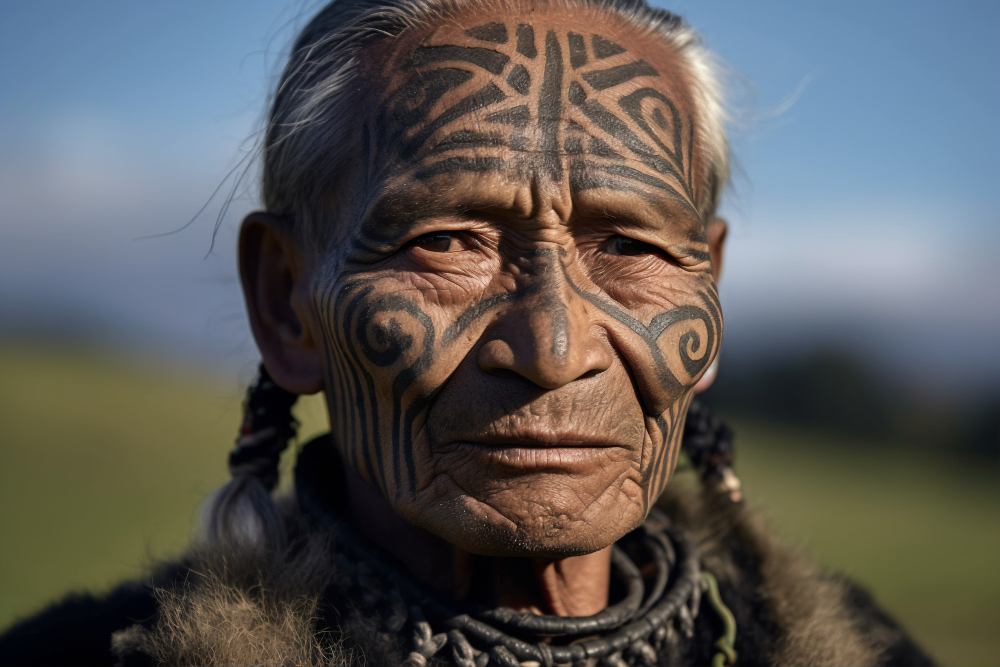We have so much to tell you about our work that the ideas keep piling up. Today we are going to talk about the cultural differences tattoos represent around the world, starting from the roots.
As you know, in our tattoo studio in central Madrid, we cover many different styles. The artists at 222 Tattoo Madrid specialize in various kinds of tattoos so that you can find the one that fits you best. All styles originate from older, ancient ones that have evolved over time.
Cultural differences in the world of tattoos
As we mentioned in the previous post, the art of tattooing is very ancient and dates back to ancestral times.
In 1991, a Neolithic mummy with 57 tattoos on its back was found in the Austro-Italian Alps. This is the oldest known human skin discovery to date.
Many cultures and peoples have used and continue to use tattoos for different purposes. If you’re thinking of decorating your skin, we encourage you to learn about the origins of this art.
Egypt
-
Primarily women were tattooed.
-
Tattoos had protective and magical functions.
Polynesia
-
The world’s most traditional place for tattooing.
-
People started tattooing at a young age and continued throughout life.
-
Beyond aesthetics, tattoos conferred hierarchy: the more tattooed someone was, the more respect they earned.
-
Among the Māori, tattoos were used to intimidate enemies in war.
North America
-
Tattoos were part of coming-of-age rituals.
-
Upon reaching adulthood, people tattooed to protect their soul.
South America
-
These peoples painted their bodies temporarily.
-
After the ritual, the paint was removed.
-
Pigments were obtained from flowers, plants, and animals.
Far East
-
Tattooing reached Japan in the 10th century BC.
-
Used as body ornamentation among elites.
-
Non-decorative tattoos identified criminals.
Middle East
-
Body and hair were decorated with henna, a natural reddish temporary dye.
-
Henna comes from the dried leaf and petiole of the Lawsonia inermis plant.
Western World
-
Tattoo art came to the West via the ocean, from America and Polynesia to western coasts.
-
Sailors learned to tattoo in distant lands and opened studios upon returning.
-
In 1846, the first tattoo studio opened in New York.
-
After the invention of the tattoo machine, tattooing became a profession.
Despite cultural differences and some inhumane uses in the past, tattooing is a form of expressing what we believe in.
Historically, people decorated their bodies to be protected by gods or to gain respect. Today, we do it to remember those who are gone, relive experiences, and keep memories alive.


